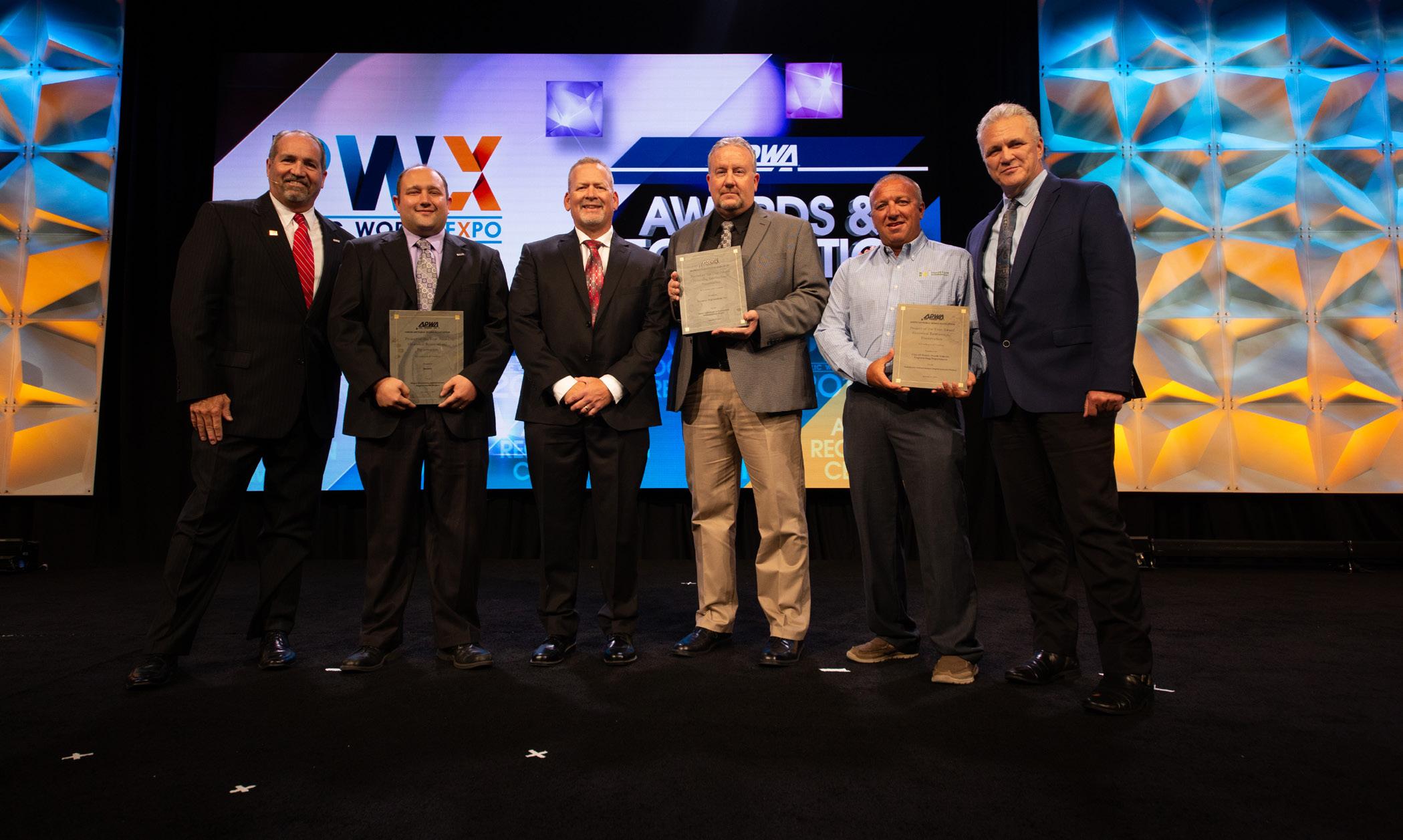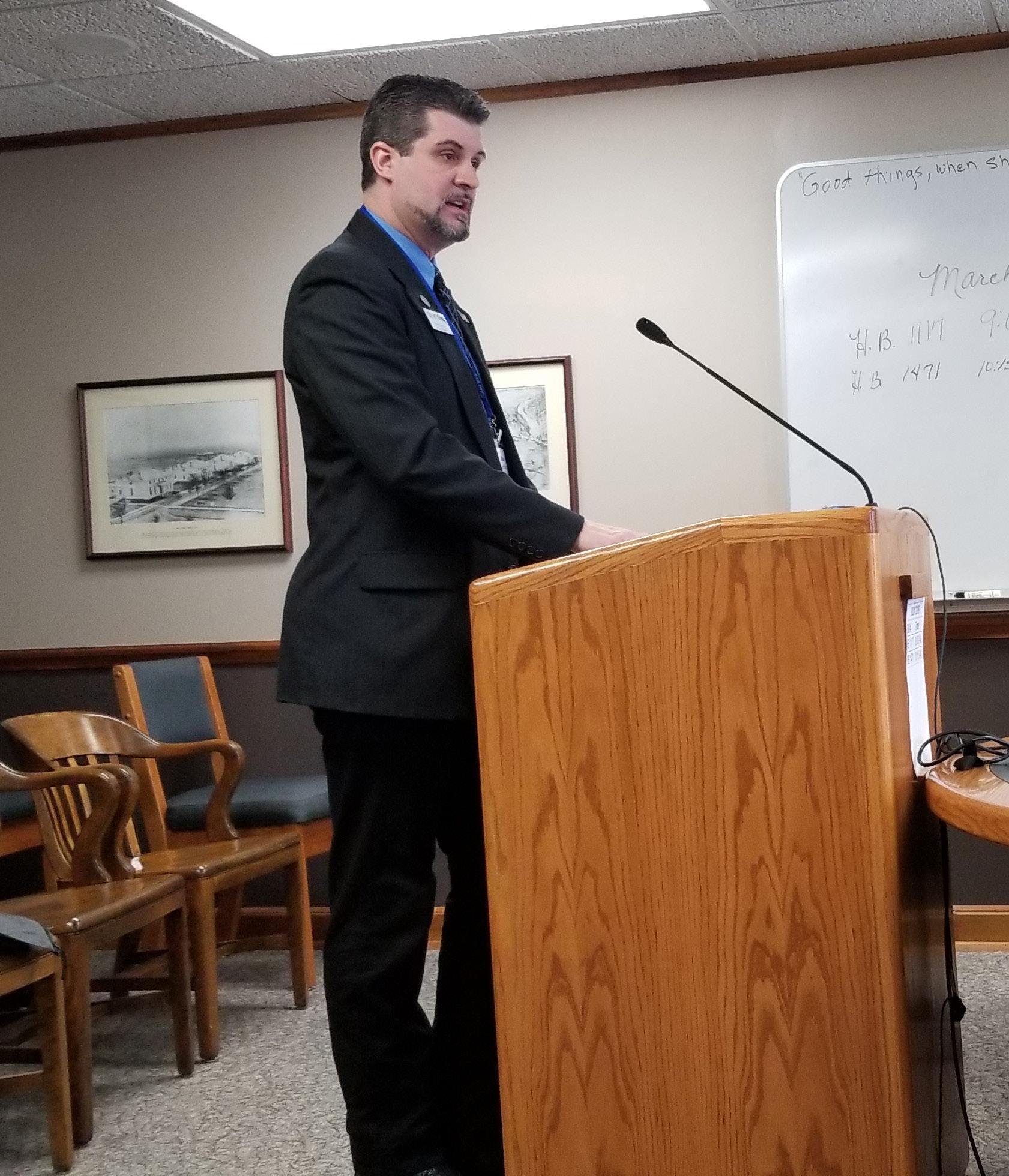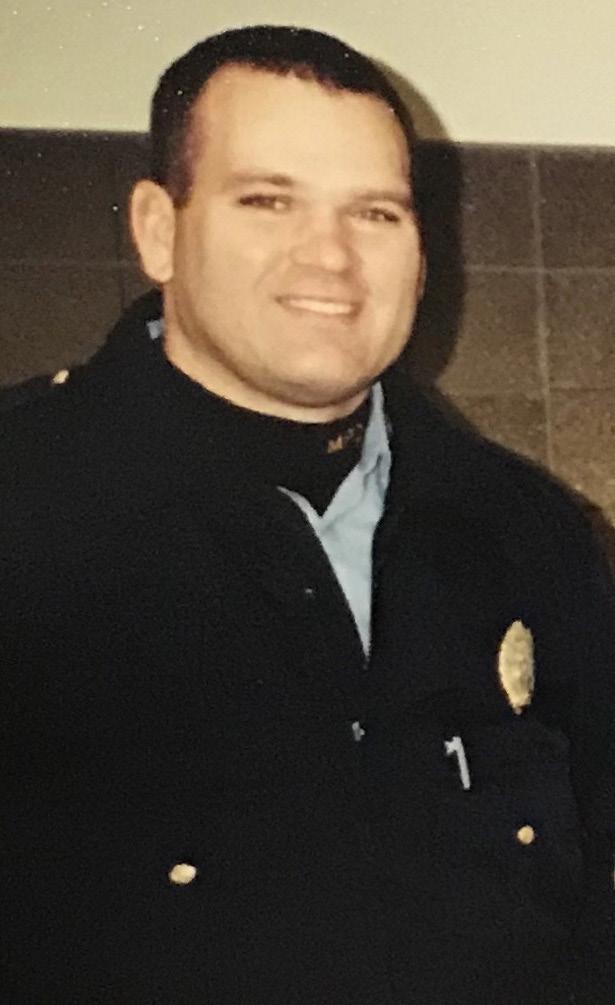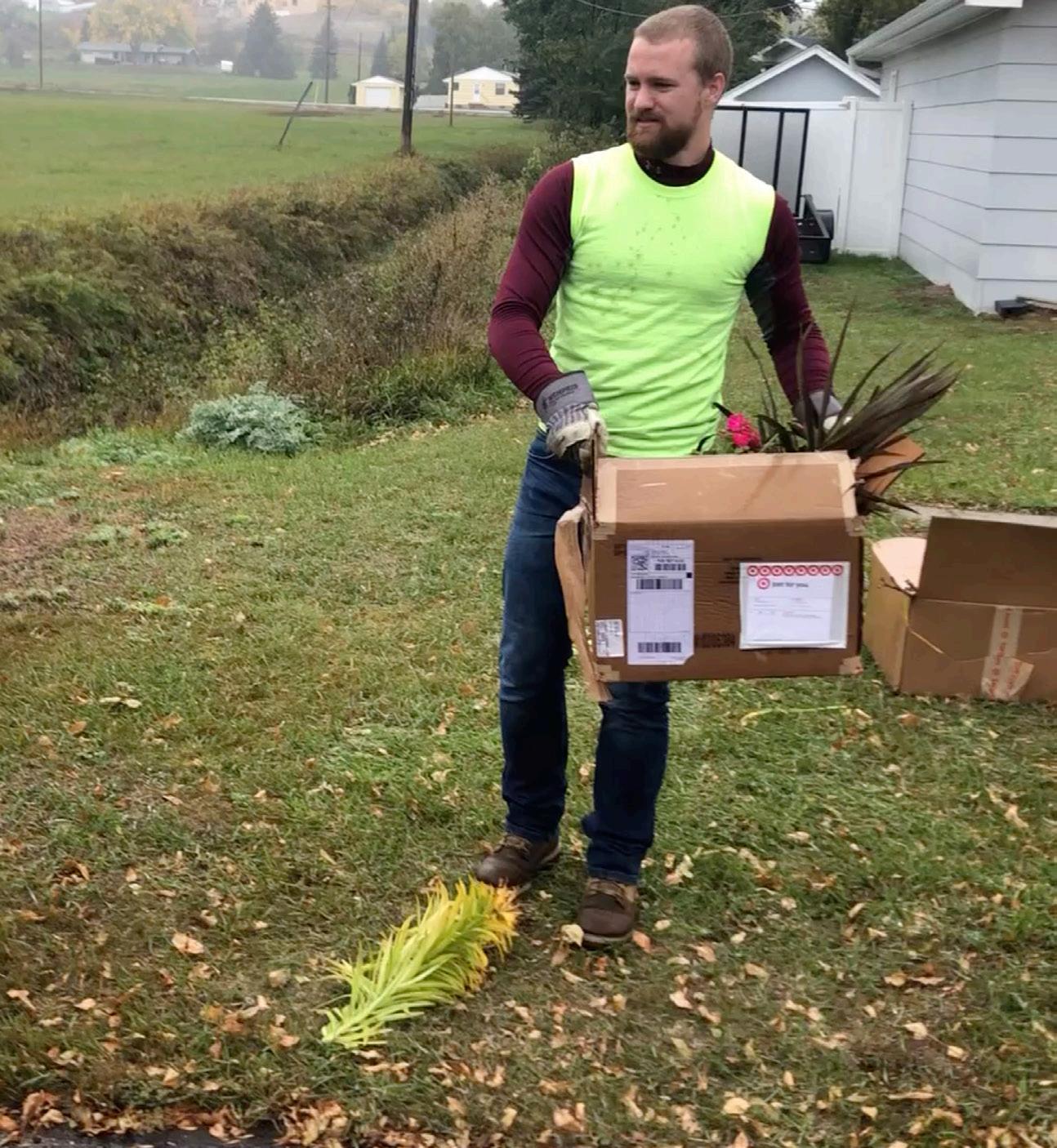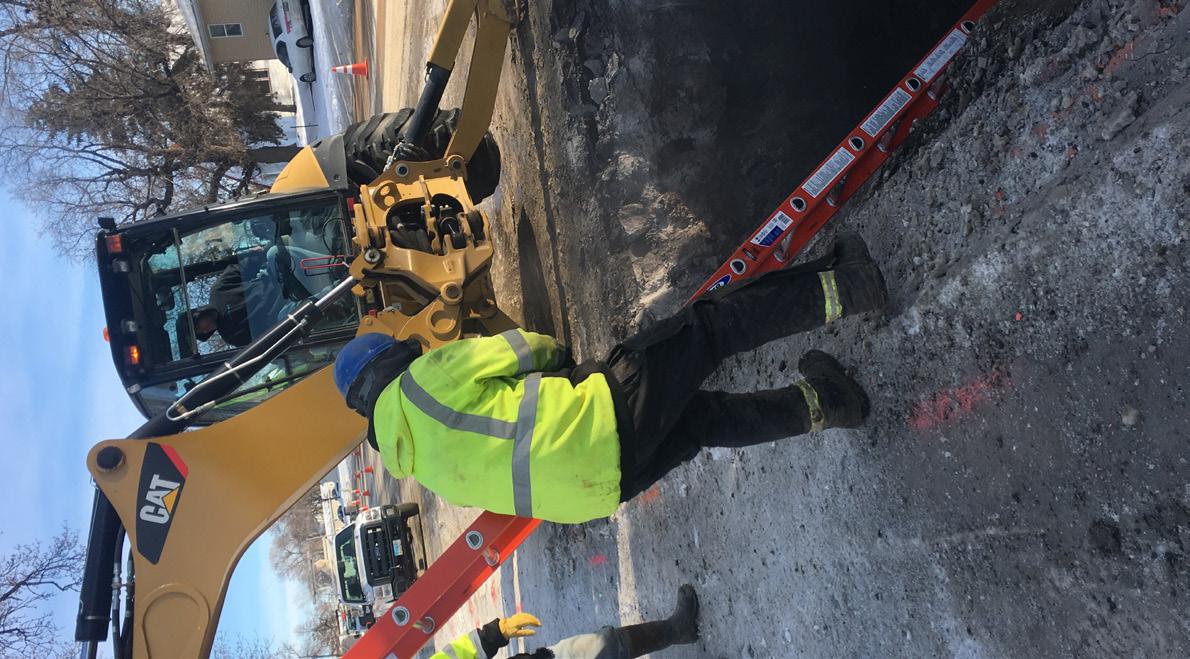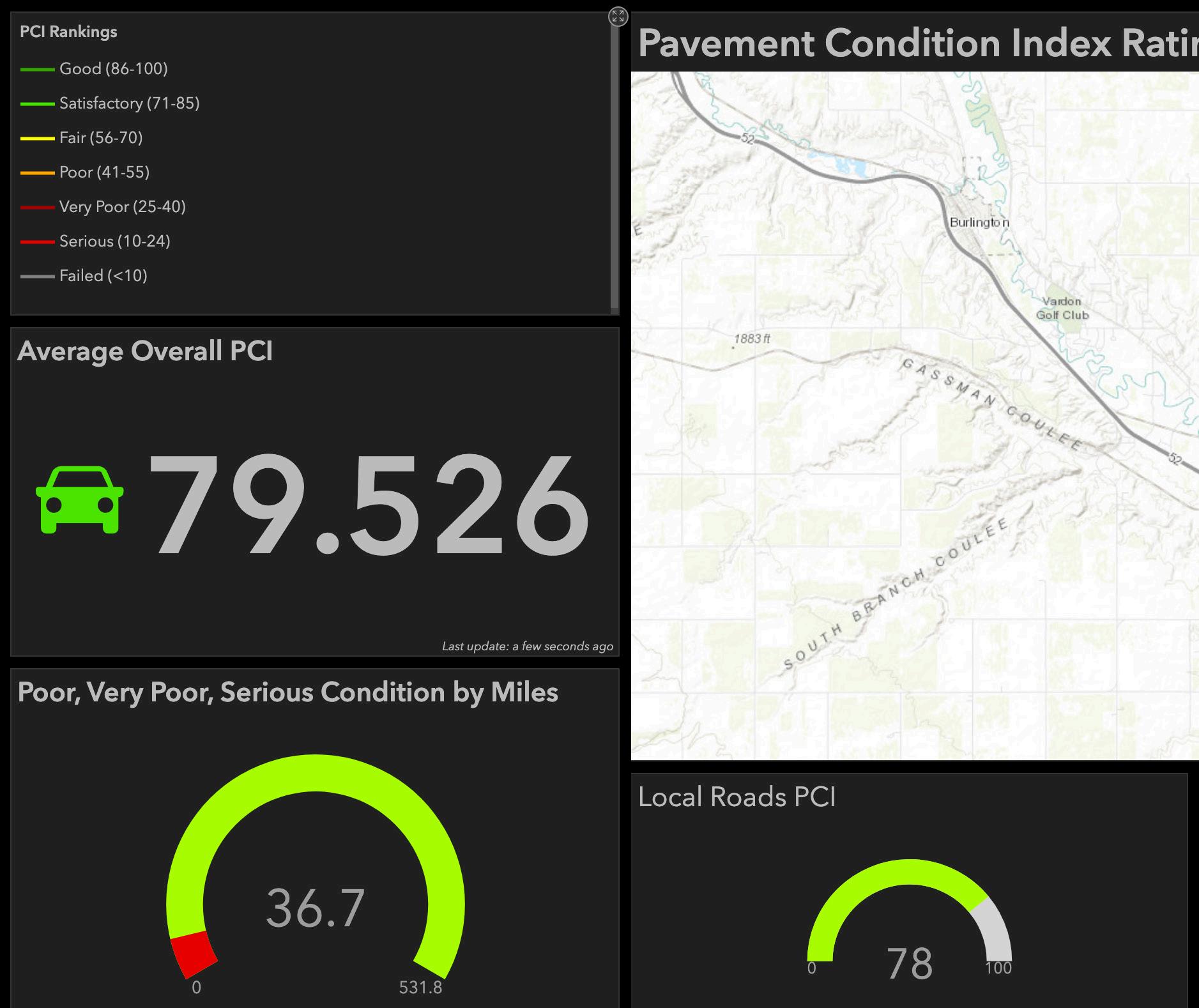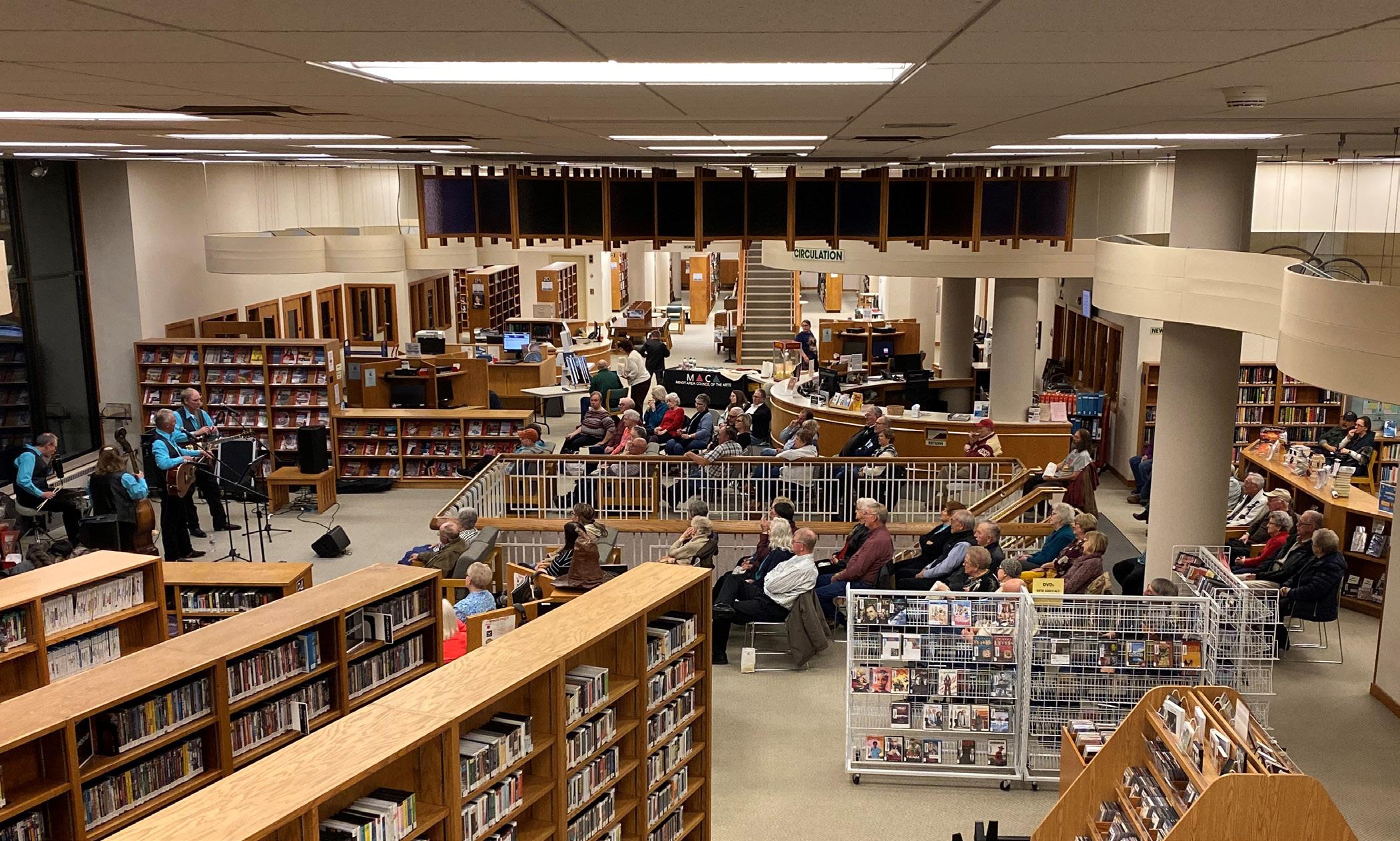
4 minute read
ENGAGING THE CITIZENS
CUSTOMERS ENGAGEMENT
Citizens know best: The Listen. Speak. Act. Community Engagement Strategy recognizes the importance of public input in nearly every decision that is made for the City. It will standardize practices the City has already been deploying to better engage you.
Advertisement
mproving communication with members of the community has been a priority for Minot Mayor Shaun Sipma since he was elected in 2018. Now, he and other City of Minot officials have a new tool to help them do just that. I
Public Information Officer Derek Hackett introduced a comprehensive community engagement strategy to the City Council in late 2019. Hackett said work on the “Listen. Speak. Act” engagement strategy began about 19 months ago, and involved studying more than a dozen examples of community engagement strategies. The City took bits and pieces of those examples and combined that into its own strategy.
“Part of this is setting expectations for ourselves, but also setting expectations for the community. The “Listen. Speak. Act.” strategy is a direct reflection of how we expect the community to participate,” Hackett said. “We want to give them the proper opportunities to listen to us, to speak to us, and to act with us.” SET THE EXPECTATIONS C ertainly, one goal of the strategy is to provide as much information as possible to the community, whether it’s the expected impacts of a major construction project or a press release detailing holiday hours at the City Landfill.
“But a big piece of this is more than just making sure people are informed. It’s also about helping people understand what decisions are being made and more importantly, why they are being made,” Sipma said. “We want to make sure the community is educated about City of Minot issues, and that in turn will help us get community buy in. We’ve had a lot of new people move to Minot who may not have the background knowledge of what’s going on here, so getting information in front of people is very important.”
ABOUT THE PLAN
LISTEN: The City will give the opportunity for the public to get information. SPEAK: The City will provide the public chances to provide feedback. ACT: The City will provide the public opportunities to get involved.
Hackett said the strategy is designed to assist members of City departments in interacting with the public. City employees on the strategic engagement team included City Manager Tom Barry, Executive Secretary Tami Stroklund, City Clerk Kelly Matalka, and Library Director Janet Anderson. A focus group of private citizens also contributed to the creation of the strategy, including Gregory Boster of Minot Air Force Base, Lorena Starkey, Jonah Lantto, Mark Lyman, Minot Public School Supt. Mark Vollmer, Preston Phillips of the Young Professionals, Shannon Krueger, and City Council member Stephan Podrygula.
“As our processes evolve, we want to have a very uniform delivery system for information so the public can have expectations of what we’re going to provide,” Sipma said. “Department heads and elected officials are often involved in community outreach for major projects, and we want to ensure that the process is consistent for everyone.” WHAT’S NEXT? H ackett said now that the strategy is completed and has been adopted by the City Council, he plans to host training workshops for members of City departments to assist in implementing the strategy.
ENGAGEMENT
“Many of our departments already do a lot of community engagement. We wanted to make sure we could standardize a lot of the things we do, and to make sure everyone is moving in the same direction,” Hackett said. ONE TO ONE CONTACT T he mayor said while social media provides an opportunity for community members to comment on local issues, direct contact with the City is a much more efficient method of communicating.
“I think the message is that we need the community to engage, more than just commenting on social media. Social media is one outlet, but it’s vital that community members reach out directly to City staff and elected leaders to address issues as quickly and efficiently as possible,” he said.
Improving communications can also help the City better track reoccurring issues, such as vehicles consistently speeding through a certain neighborhood or street maintenance concerns.
“This strategy can help us decipher between a singular complaint and a much broader issue,” Sipma said. “The more direct information we have from the community, the better we can make prudent decisions on how the city is managed. That will help us solve issue, both large and small, in an efficient manner.”
The plan was designed to help department heads and other City employees by creating a standardized process to help determine when and how to best communicate with individual residents or groups. That could be as simple as a one-on-one meeting with a resident, or it might mean coordinating a meeting with an entire neighborhood to discuss flood control, for example.
“When we hold those types of public meetings, it’s an opportunity to have an open discussion, and we want community members to feel empowered to attend those and ask questions,” Sipma said. “Having a well-informed community helps us make better decisions for our future.”
The entire Community Engagement Plan LISTEN. SPEAK. ACT. can be found on the city’s website.

